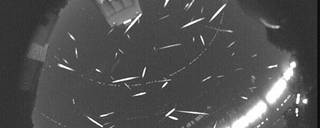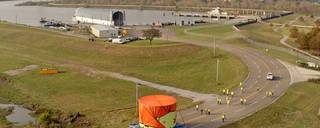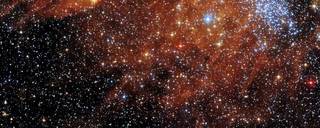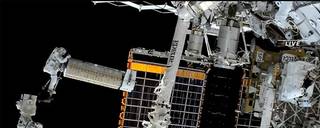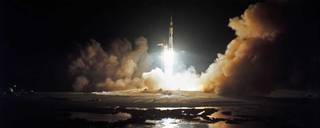A Weekly Summary of Top Content from Marshall, December 5 – December 9, 2022
Week of December 5 – December 9, 2022
The 2022 Geminids Meteor Shower is Approaching
The cosmos’ annual gift to sky watchers, the Geminids meteor shower, will peak Dec. 13-14. A waning gibbous Moon will make it harder to view most of the shower, resulting in only 30-40 visible meteors per hour at the peak in the Northern Hemisphere, depending on sky conditions. But the Geminids are so bright that this should still be a good show.
NASA Advances Artemis Moon Rocket Production for Future Missions
NASA is optimizing manufacturing capabilities by enabling Space Launch System (SLS) core stage lead contractor Boeing to use facilities at NASA’s Kennedy Space Center in Florida to perform some core stage assembly and outfitting activities beginning with the Artemis III rocket. In tandem, teams will continue all core stage manufacturing activities at NASA’s Michoud Assembly Facility in New Orleans.
Hubble Spots Bright Splash of Stars Amid Ripples of Gas, Dust
Open cluster KMHK 1231 is a group of stars loosely bound by gravity. This cluster in the Large Magellanic Cloud is surrounded by a crimson nebula of gas and dust, where new stars may someday form. Open clusters are found in spiral and irregular galaxies, where star formation is common.
Spacewalkers Complete New Solar Array Installation on Station
Expedition 68 Flight Engineers Josh Cassada and Frank Rubio of NASA conducted a 7-hour, 5-minute spacewalk Dec. 3. They completed their major objectives to install an International Space Station Roll-Out Solar Array and disconnect a cable to ensure the 1B channel can be reactivated.
50 Years Ago: Apollo 17 Lights Up Night Sky on Way to Moon
The sixth and final Apollo Moon landing mission began with the Dec. 7, 1972, launch of Apollo 17. In the first night launch of the American human spaceflight program, the giant Saturn V rocket lifted off from Launch Pad 39A and lit up the sky at NASA’s Kennedy Space Center in Florida. The crew consisted of Commander Eugene A. Cernan, Command Module Pilot Ronald E. Evans, and Lunar Module Pilot Harrison H. “Jack” Schmitt, the first trained geologist to travel to the Moon.
For more information or to learn about other happenings at NASA’s Marshall Space Flight Center, visit NASA Marshall. For past issues of the ICYMI newsletter, click here.


























